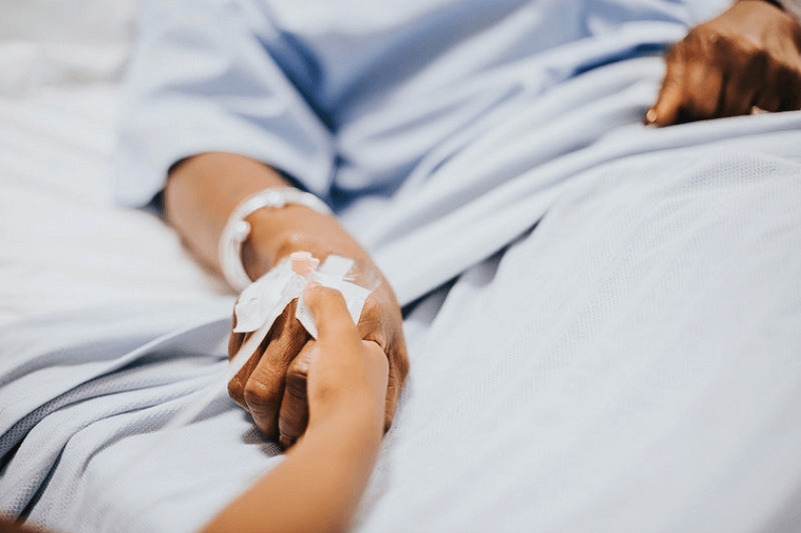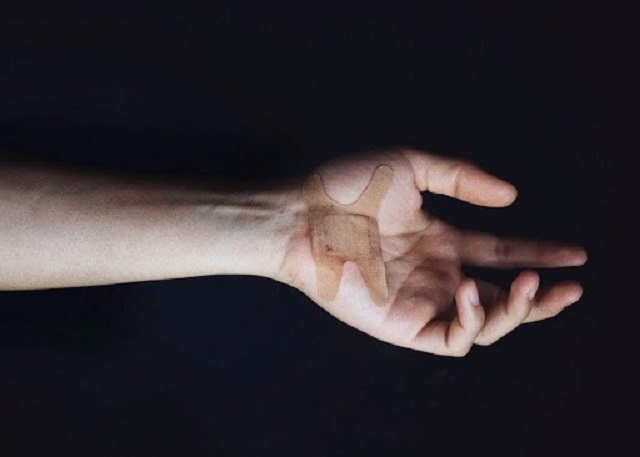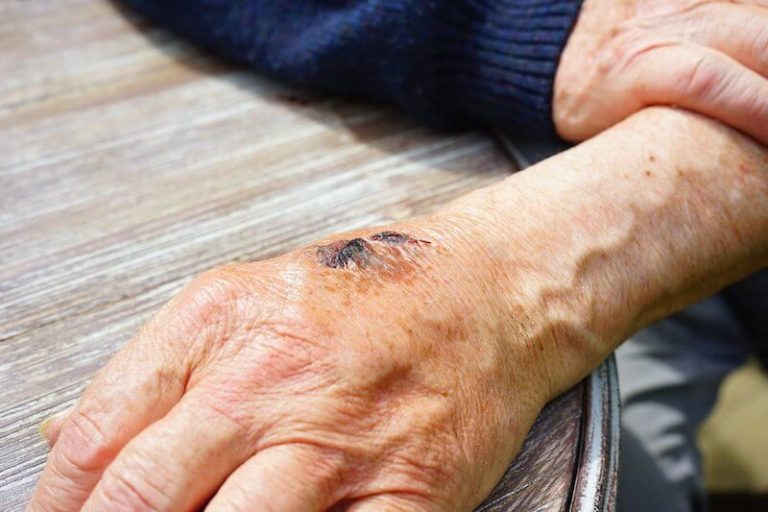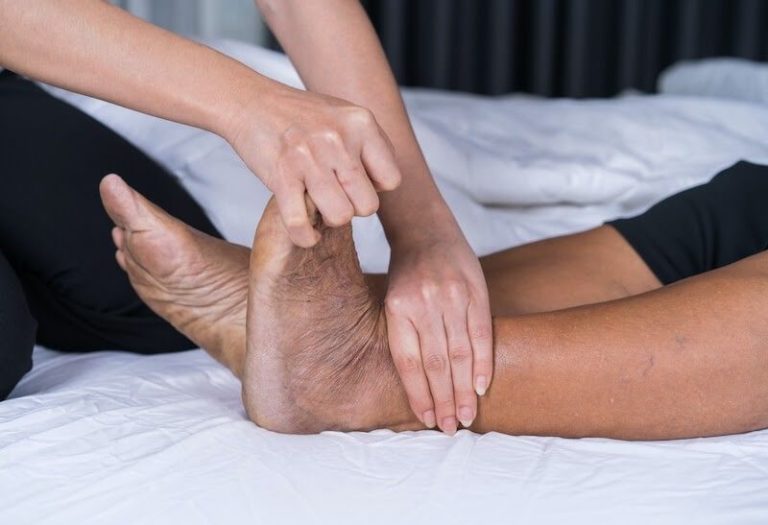Braden Scale for Predicting Decubitus Risk
Braden scale can be a huge help in preventing decubitus. It determines the individual risk of developing such a disease.
Decubitus (or bedsore or pressure ulcers) is an unpleasant disease that can both develop even in a short time in elderly or younger inpatients.
The decubitus is a bed sore, the consequence of lying or sitting in one position for too long. Because of that, cell and tissue deaths are inevitable if not prevented in time. Decubitus means that the tissues beneath the skin and beneath the skin are damaged. In an advanced stage, it can ever reach the periosteum.
Decubitus develops in 14% of hospitalized patients, and this rate can be even higher in the case of home-treated people. Braden scale helps with measuring the risk of developing bedsores and points to needed action in order to prevent more severe symptoms.
The treatment of decubitus is harder than the prevention
Preventing pressure ulcers is important because the recovery time can last from 1 week to several months (and there is even a chance that your wounds will never heal properly). The healing phase is long and painful: it’s better to prevent this disease from developing.
The later we start the treatment, the harder it will be to fight the symptoms. Recommended preventing actions are the constant change in the patient’s position and the use of dermatology tested gels like dermolex to regenerate the skin in affected areas: the back or sides of the head, shoulder blades, spine, elbows, hips, lower back and tailbone, buttocks, the backs of the knees and heels.
Dermolex skin regenerating gel for the prevention of bedsores can save you from a lot of pain while fastening up the regeneration process.
Phases of decubitus
Decubitus has four phases. The first one starts with the redness of the skin on the top layers, the second phase can reach the edema, the third phase goes through the muscle membranes. The last phase is the development of an infected open wound.
Braden scale
To measure and add value to the risk of decubitus, there are several scales to use. The most popular of them is the Braden scale. The goal of the Braden scale is to examine a patient based on different aspects and then they can see the chance of pressure ulcers.

The aspects are:
- Sensory perception
- Skin moisture
- Activity
- Mobility
- Nutrition
- Friction and shear
Determining the severity of risk factors may seem easy, but it’s only effective if the Braden scale is filled by a qualified physician or a health care professional: doctors and nurses. Don’t create and evaluate the Braden scale for yourself.
Let’s see the factors of the Braden scale.
Sensory perception
It measures the ability to respond meaningfully to pressure-related discomfort.
- Completely limited: unresponsive (doesn’t moan, flinch or grasp) to pressure. Limited ability to feel pain over most of body
- Very limited: Response only to painful stimuli. Cannot communicate the discomfort properly
- Slightly limited: response to verbal commands but feels discomfort in 1 or 2 extremities
- No impairment: response to verbal commands, has no sensory deficit
Skin moisture
How often and to what extent is the patient’s body exposed to moisture?
- Constantly moist: skin is almost constantly kept by moist
- Very moist: skin is often moist
- Occasionally moist: skin is occasionally moist, requiring to change linen once a day
- Rarely moist: the skin is dry
Activity
Degree of physical activity
- Bedfast: confined to bed
- Chairfast: patients has the ability to walk severely limited but cannot bear their own weight
- Walks occasionally: can walk for very short distances
- Walks frequently: walks outside the room at least twice a day and can walk without help
Mobility
Ability to change body position.
- Completely immobile: cannot make even slight movements
- Very limited: Can change body position occasionally but cannot change significant changes independently
- Slightly limited: makes body changes independently but don’t have the strength to do it frequently
- No limitation: the patient can change position without assistance
Nutrition
Usual food intake pattern.
- Very poor: the patient never eats a complete meal. Takes fluid poorly, and cannot eat more than ⅓ of the food
- Probably inadequate: the patient eats only about ½ of the offered food
- Adequate: Cannot eat the whole meal
- Excellent: the patient usually eat a total of 4 or more servings
Friction and shear
How often does the patient’s skin rub?
- Problem: Lifting without sliding against sheets is impossible
- Potential problem: The patient requires minimum assistance in order to minimalize friction and shear
- No apparent problem: the ability to move in bed and chair independently. Ability to maintain a good position in bed and char.
Braden scale has a total of 23 points. 23 points mean that there is almost no risk of developing decubitus. Medium risk is between 16-9 points, below 9 points there is a high chance.
Norton scale and expanded Norton scale
Besides the Braden scale, the Norton scale is another method of rendering value to the risk factors. Norton scale examines 5 aspects, while the expanded Norton scale has 9 factors.
- Physical condition
- Mental condition
- Activity
- Mobility
- Incontinence
- Age
- Skin condition
- Additional diseases
- Cooperation
Learn more about the Norton scale.
Preventing decubitus: advice
Prevent decubitus with:
- Skincare
- Minimalizing friction and shear
- Minimalizing pressure
- Handling moisture and hygiene needs
- Prevent infections
- Healthy eating and nutrition
Using dermolex gel can help you with daily skincare. The herbal ingredients of dermolex gel provide excellent help in the skincare of permanently bedridden patients and the prevention of bedsores. It regenerates and refreshes your skin.
Keeping the headboard (head of the bed) at a maximum angle of 30 degrees (but lower if manageable) also helps the prevention. Change the position of the patient every 2 hours. In some cases, you need some special tools to prevent friction.
Buying a mattress that can redistribute pressure is also helpful.
Summary: pressure ulcers and the Braden scale
Decubitus is a painful disease with a long recovery time, so it’s very important to start preventing it on the first day of your bed rest.
Braden scale helps you with telling the risks of how likely you are to develop pressure ulcers.







